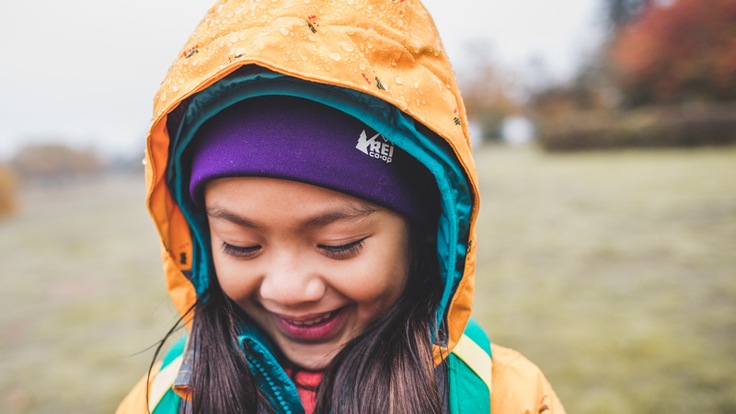One of a kid's great joys is generating a giant splosh with a two-footed puddle stomp. The flipside, though, is that few things will make that kid more miserable than getting wet and chilled by the steady drizzle that created the puddle. So, it's important to dress your aspiring puddle-tromper properly. In this article, we'll cover categories of kids' rainwear and offer tips on how to find the right gear for your child.
Types of Rain Jackets for Kids
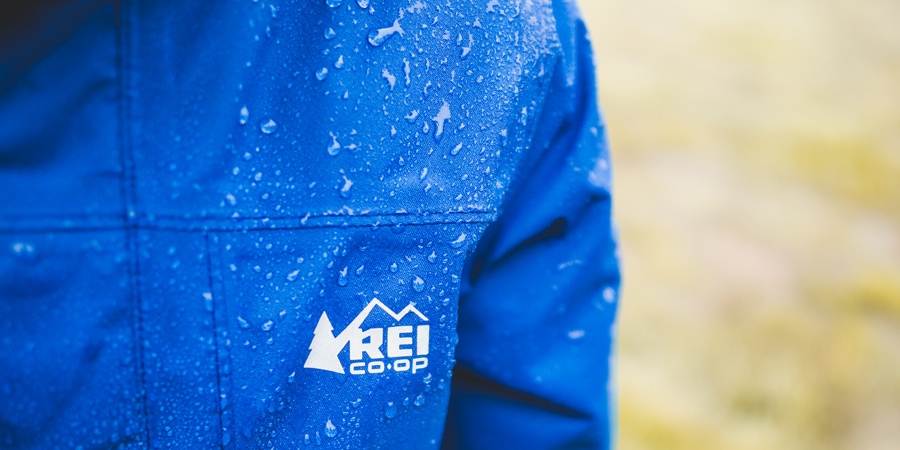
Rain slickers: Your most affordable option, this type of waterproof kids' clothing is appropriate for younger kids and toddlers. Typically made with a waterproof, nonbreathable polyurethane (PU) coating, this gear keeps the rain out, but an active kid can get pretty sweaty pretty quickly while wearing it.
Water-resistant raincoats and wind shells: Any time you see kids' outerwear described as "water resistant," it won't be fully waterproof, but it can still handle light rain for short periods of time. Wind shells (aka windbreakers) offer similar protection.
Waterproof/breathable rain gear: Best for kids who will be out on longer adventures, this gear protects against stormy conditions as well as the potential chilling effect of a kids' own sweat.
3-in-1 jackets: These types of jackets usually include a water-resistant shell combined with a removable fleece layer. They're super versatile because each layer can be worn separately. While they may be adequate for some rain protection, they may not function as well as a true rain jacket in very wet weather.
Insulated and snow jackets: These types of jackets will offer varying degrees of rain protection, so you don't necessarily have to buy an additional rain jacket. You'll need to consider the type and amount of precipitation (a light mist vs. a heavy downpour) and how long your child will be out in the elements, as well as whether the jacket is water resistant or waterproof. For more details on insulated jacket options, read Tips for Dressing Your Kids in Winter.
Rain protection for infants: Rather than getting a separate rain jacket, your best option is to bundle your baby in a warm, insulated jacket or infant suit, many of which have a shell that is water resistant. You can also keep them protected by getting a raincover accessory for your stroller and child carrier.
Rain Pants for Kids
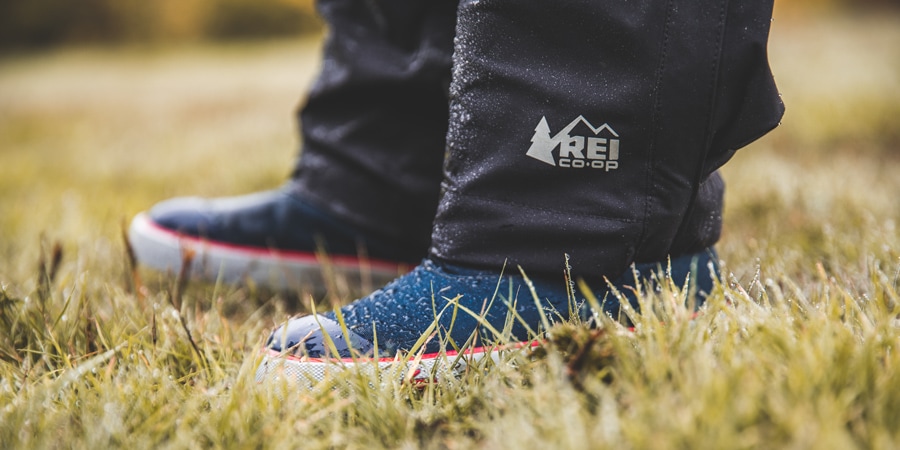
For longer forays outdoors (or if you have an avid puddle stomper), you'll want to complete your child's protection by getting some rain pants. Kids' snow pants, which are both water resistant and insulated for warmth, can also provide some rain protection. You can use snow pants if your child already owns a pair and it's cold enough outside that they won't get overheated.
Understanding Levels of Protection in Kids' Rain Gear
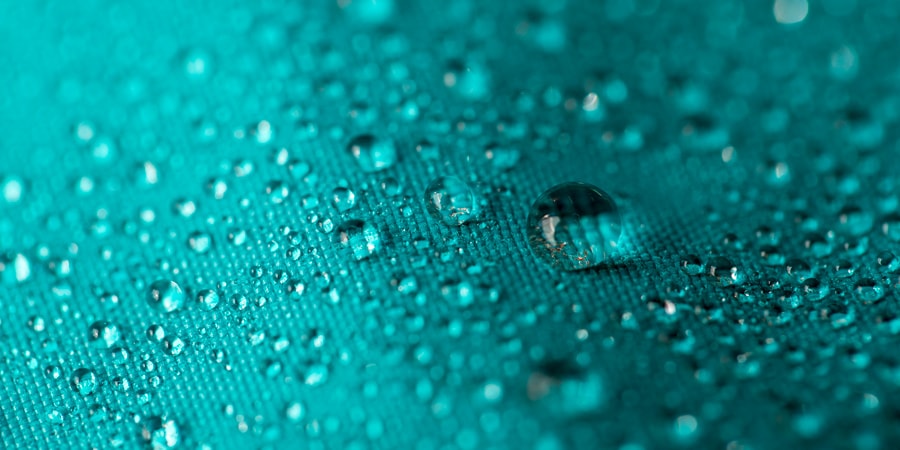
When reading the descriptions of kids' rain gear, either on the tags or online, you might ask: what's the difference between "waterproof" and "water resistant"? Or what does "breathable" mean? The words used to describe rainwear can get confusing. Below is a rundown of terms you'll likely see when you shop for kids' rainwear. You can also read What Does It Mean if a Jacket Is Water Resistant? to learn more.
Water resistant: If your child wears a water-resistant jacket in a steady rain for a long enough period of time, the rain will eventually soak through. A water-resistant jacket will be more affordable than a waterproof/breathable jacket with similar features, so you can stretch your rainwear budget by choosing a water-resistant jacket when you don't need the highest level of storm protection.
Waterproof: A waterproof raincoat offers a higher level of rain protection than something that is merely water resistant. If you live in an area where it rains constantly or your child will be on an extended outdoor adventure, you'll want to be sure they have this highest level of rain protection. (As a bonus, waterproof also means it's windproof.)
Breathable: If a jacket keeps all the rain out but won't allow a kids' perspiration to escape, an active kid can eventually get just as wet as if they'd been wearing no rain jacket at all. If your kid will be expending lots of energy while they're out in the rain, consider buying a jacket that is waterproof/breathable. You don't need to get the most expensive branded products, but you do want waterproof/breathable gear if you're looking for the best possible defense against the elements.
Durable Water Repellent (DWR) finish: Most kids' rain jackets (both water resistant and waterproof) have a durable water-repellent (DWR) finish to bolster rain protection. When you see raindrops beading up on the surface of a jacket, that's DWR at work. The finish keeps the drops from spreading out and soaking the outer surface of the jacket. That's important because a saturated outer surface will feel cold on a child's skin and impair a jacket's ability to breathe.
Features to Consider in Kids' Rain Gear
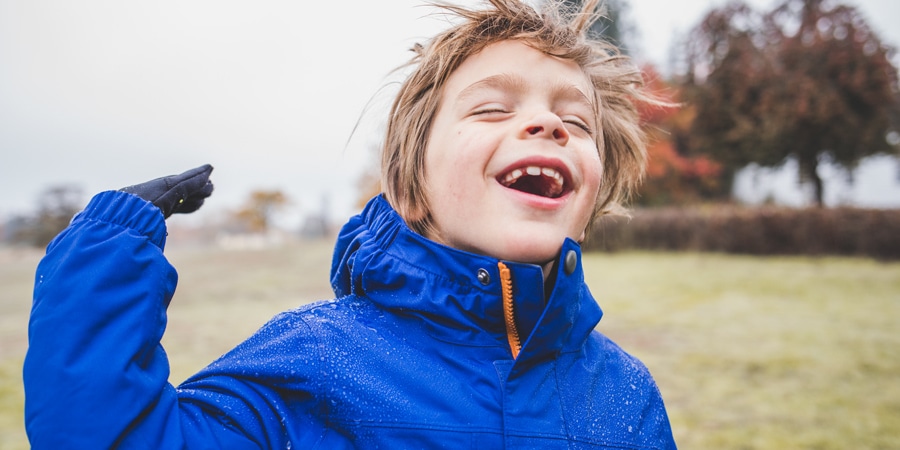
Jacket length: The longer the jacket, the more coverage it provides. Most jackets are waist length, but a few come down to cover the hips.
Closures on cuffs, waists, hems and hoods: Elastic closures help seal in warmth without the fuss of adjusting cords or tabs. Adjustable closures seal better, though.
Warm liners: Some jackets include a lightweight fleece liner for added warmth. If you're buying an unlined rain jacket, make sure it's sized to allow enough room to add a warm layer underneath, especially if your child will be wearing it in cool or cold conditions.
Reflective accents: Shorter days and cloud cover make kids harder to spot. Strategically placed reflective logos or piping offer an added measure of safety in the morning or evening hours, as well as after dark.
Caring for Kids' Rainwear
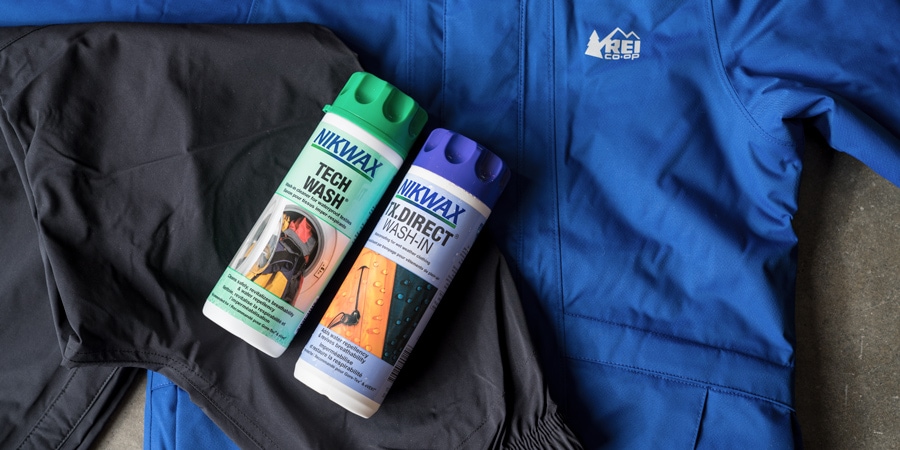
Standard detergents have additives that interfere with the waterproof/breathable performance of rainwear, so it's important to buy a product that's specially formulated for outdoor gear.
In addition, if your child has an older rain jacket that doesn't seem to be working as well as it once did, chances are that the DWR finish needs to be renewed. The good news is that tech washes designed for outerwear also help restore DWR finishes, so a good washing can give new life to old rainwear. To learn more, read Rainwear: Durable Water Repellent Care.
